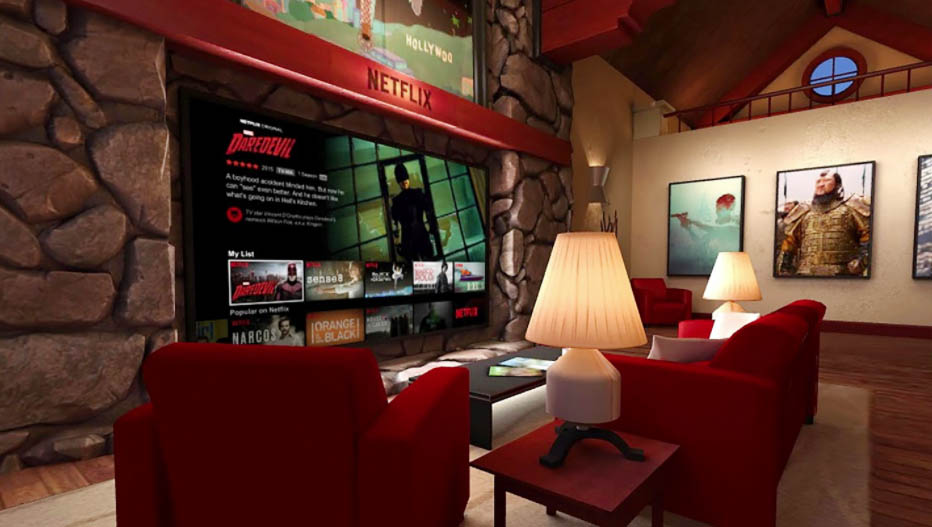A third of Americans between the ages of 18-to-64 have used a virtual reality device, according to Magid’s new study, “America’s VR POV: The Reality of Virtual Reality.” Despite widespread awareness and hands-on experience, purchase intent for VR in the United States has plateaued across the board.
Compared to purchase intent from last October, responses in April were either the same or barely changed. Those who responded that they “definitely will purchase” any mobile VR device remained at 21 percent, for example, with the same being true for any tethered VR device which remained stagnant at 15 percent.
Magid found that price was the greatest deterrent for VR adoption among those surveyed. When asked what would make them more likely to purchase a VR device, 64 percent said “if VR devices were less expensive.” A perceived lack of content was the next biggest concern for respondents, with 34 percent citing a lack of VR content available.
Price restraints may be true for high-end electronics like HTC Vive that costs upward of $800, but what about low-cost options like Google Cardboard?
“Not everyone considers Cardboard the VR tech they aspire to,” Debby Ruth, Magid’s senior vice president of global media and entertainment told AListDaily. “Keep in mind that approximately 41 percent of the target market are heavy gamers—their expectations are usually for the higher end experiences like Oculus, Vive and PlayStation. It will be interesting to see if the price drop by Oculus registers in the next wave of our tracking study.”
Only six percent claimed that nothing could make them more interested in purchasing VR, which indicates an overall willingness to consider the idea. Feeling uncomfortable using VR alone may also be a factor in the lack of adoption. Other obstacles standing in the way of purchases include wanting to receive a strong recommendation (22 percent) and if more of their friends also had VR devices (nine percent).
Like gamers, public perception may be that VR is only for geeks and nerds. When asked how they feel about that statement, 19 percent agreed—seven percent “strongly.” Fifty-nine percent disagreed, but nearly a quarter (23 percent) remained neutral.
On the other hand, 67 percent of respondents believe that VR can be enjoyed by all types of people. Those who have actually tried VR have an affinity for the technology, with 50 percent saying they “love it” on a PC or console device and 44 percent saying the same about mobile. Thirty-five percent of those who purchased VR devices for PC over this past holiday season say that it exceeded their expectations. Forty-one percent said the same about VR headsets designed for a specific smartphone and 30 percent agreed for VR on any smartphone.
In both mobile and PC/console VR device segments, a majority would recommend the technology to others, at 84-and-86 percent respectively. For VR to become more mainstream, Magid believes a “major popular moment will help.”
“All eyes are on the upcoming Spielberg movie Ready Player One as a potential moment when VR enters mainstream interest. Beyond that the evolution of the ‘holy marketing trinity’ of lower prices, more and must-see content, and lowering friction of the technology itself (smaller HMDs, easier content discovery and access, etc),” Ruth added. “Not only do these things need to happen, they also need to break through to consumers’ awareness.”
So which VR apps are consumers using the most? According to Magid, Netflix VR is the most widely used at 22 percent. Minecraft VR is the next most popular app at 20 percent.
Live sports are also popular among VR users, as 19 percent have watched either live NBA or NFL games in the immersive format.

